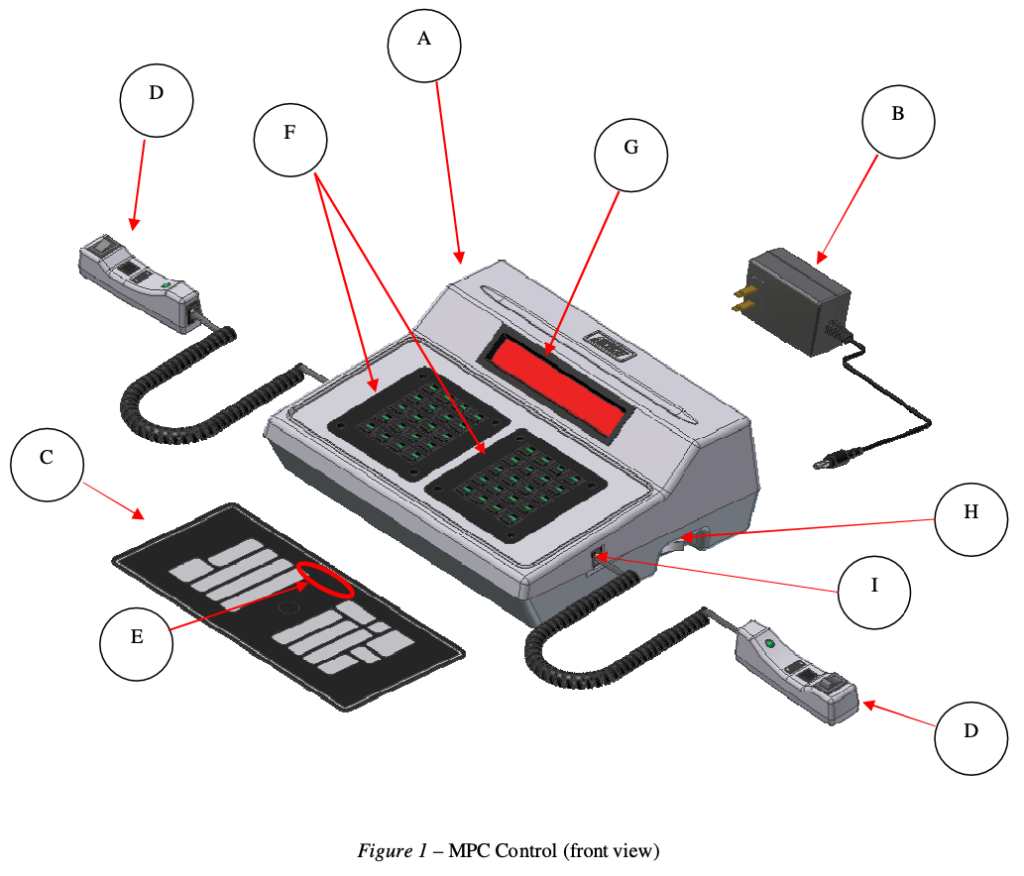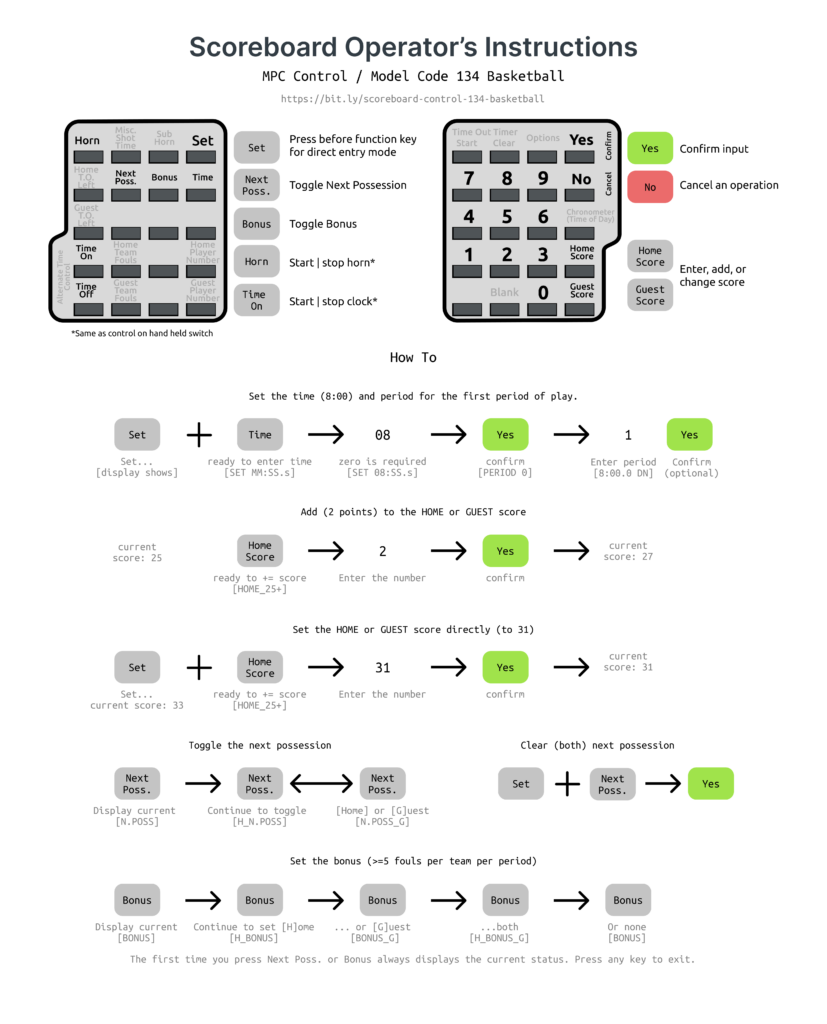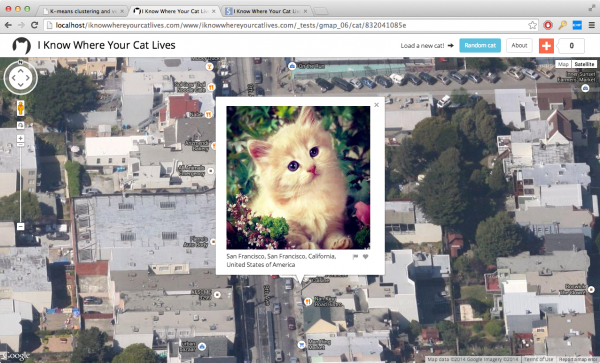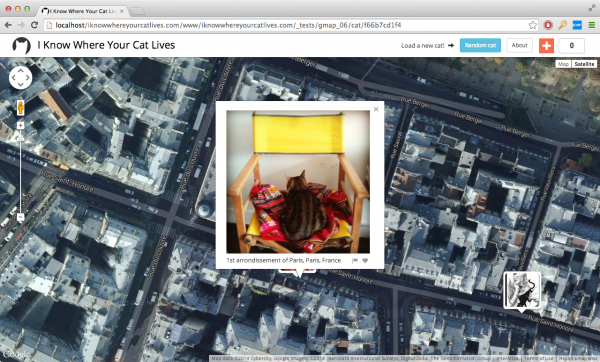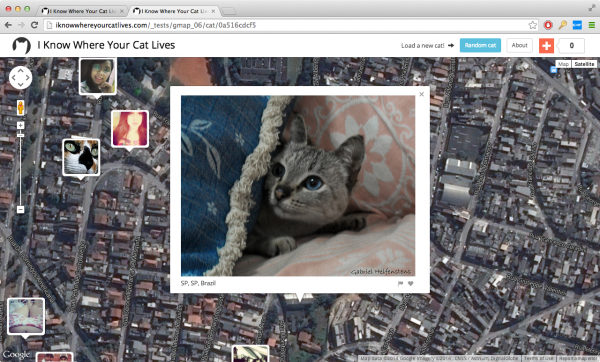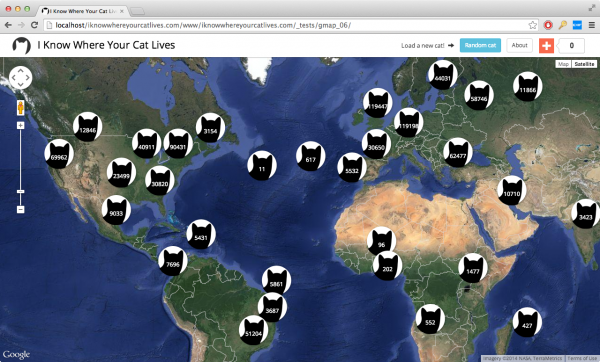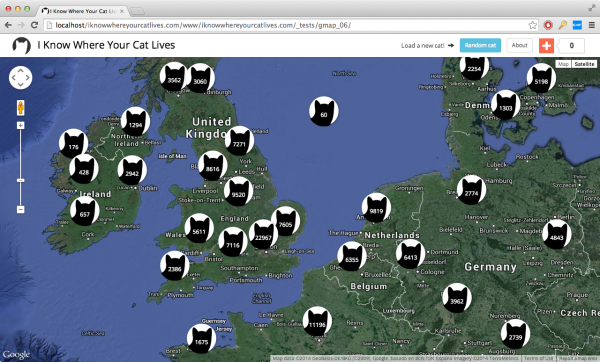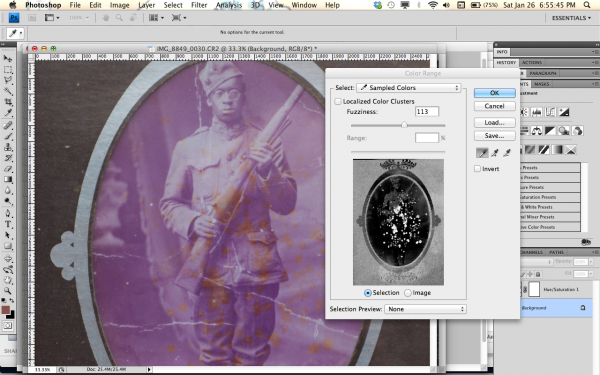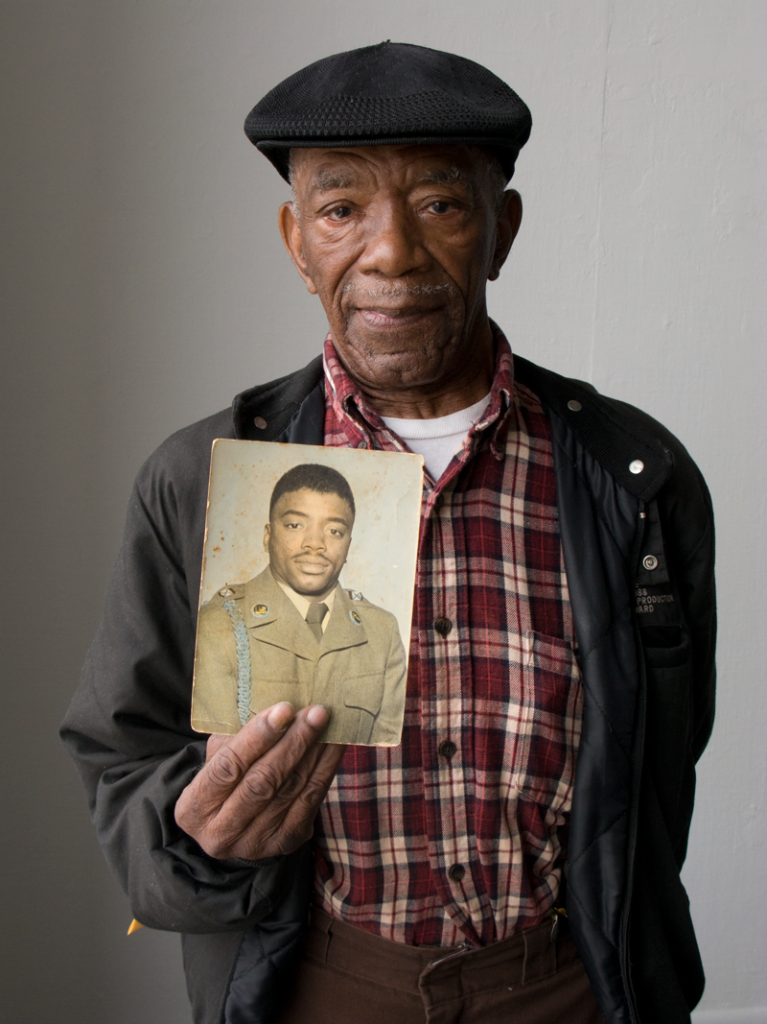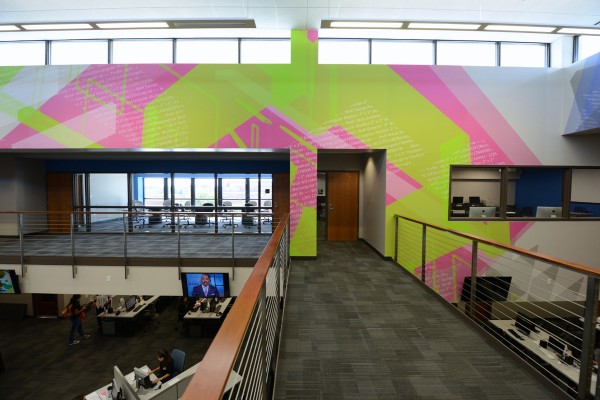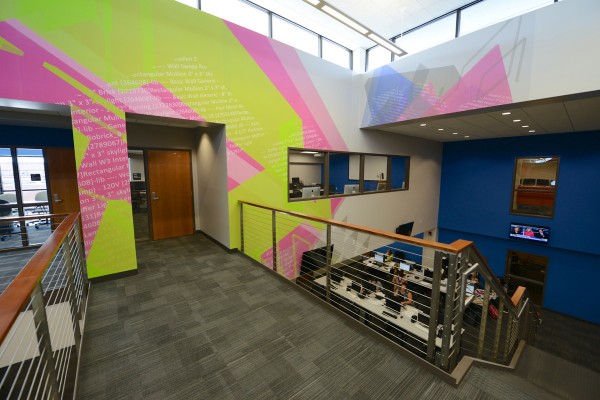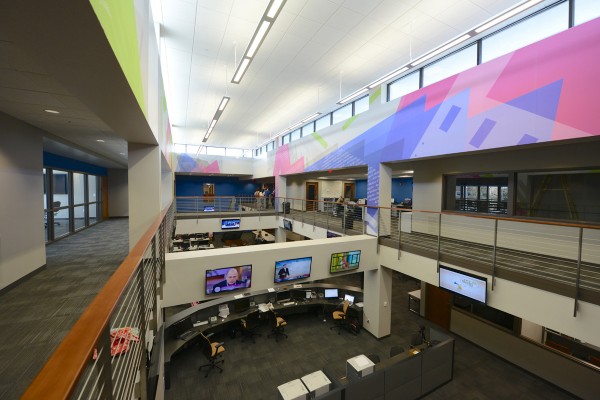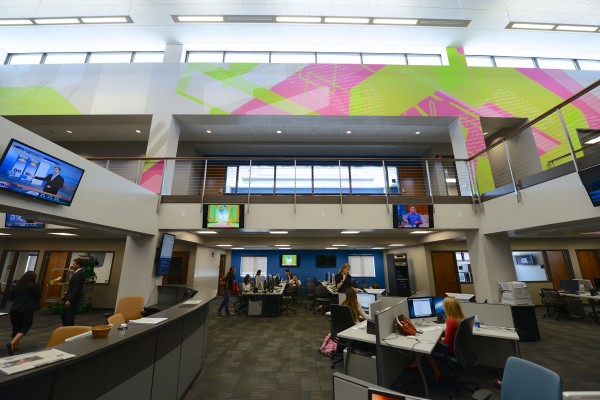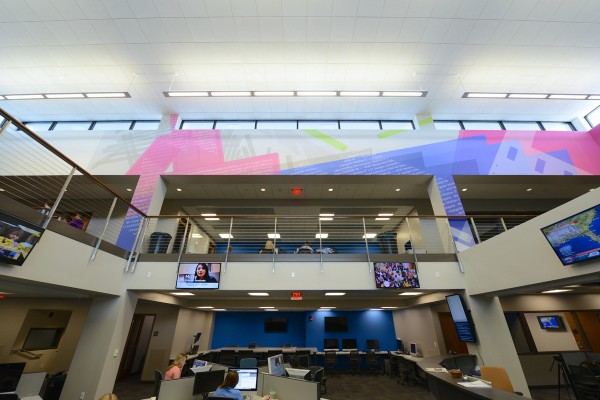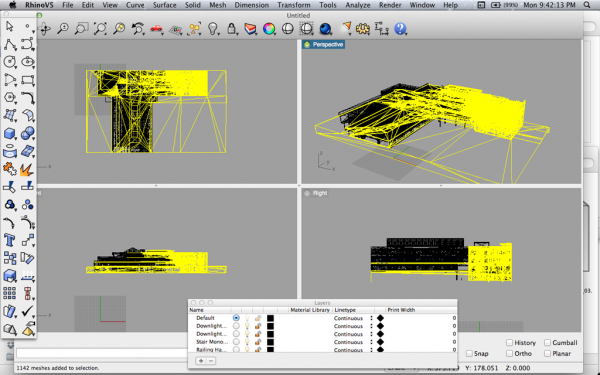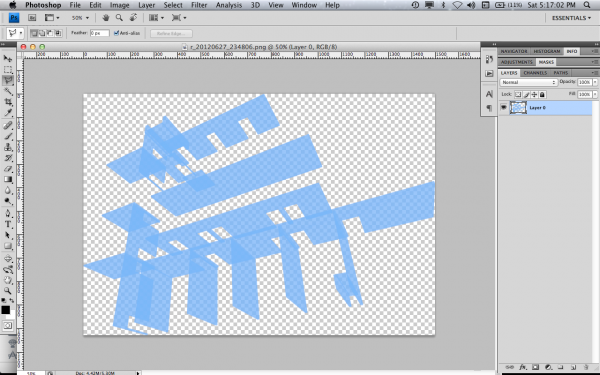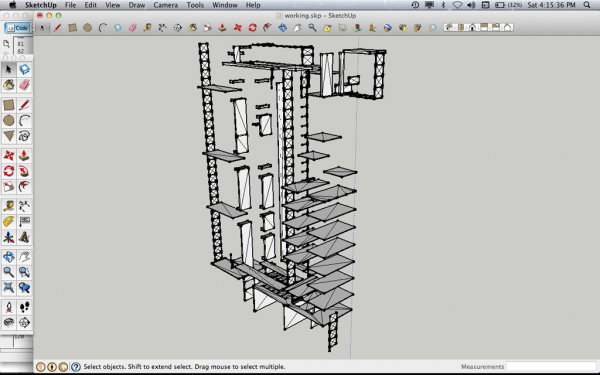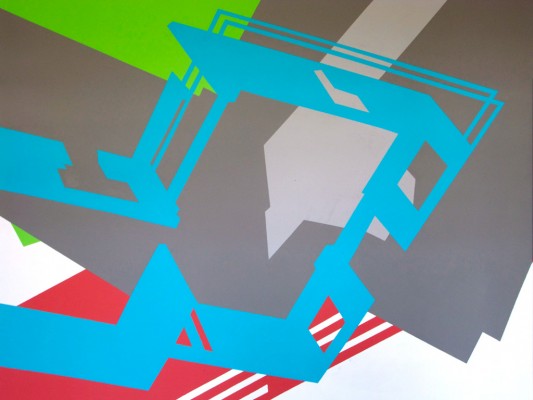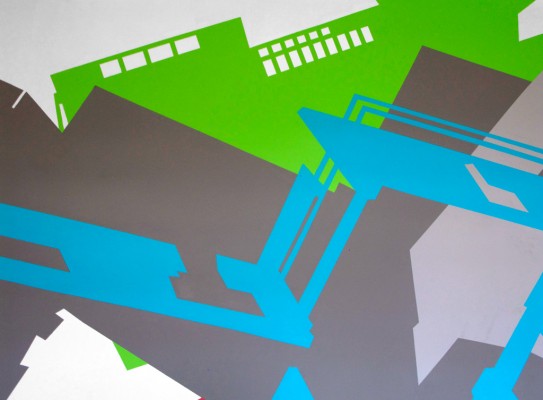If you know me then you already know I have little patience for bad interface and user experience design. Like most users, I leave websites when they fail to provide intuitive paths to the information I need. However, the physical world is full of bad design you can’t escape.
Take this device. The MPC Control (Model Code 134 Basketball) sold by NEVCO. This is a pretty standard piece of equipment in North American youth basketball games (like my daughter’s). While I used this thing for a whole season, I hated every moment. Examine the below and try to describe how you would correct a mistake if you added 3 to the guest team’s score and should have added 2. Before you try, note that this equipment does not have an “undo” button.
This year is going to be different. This is the year I pour over their manual (another atrocious bag of text describing all the unintuitive steps and making up for the poor UI design) and redesign the instructions using a single side of one letter-sized page. So here, I offer to parents everywhere, those who worked all day at their “job” and have about five minutes to figure out how to use this thing, my redesign of the Scoreboard Operator’s Instructions for the Nevco MPC Control (Model Code 134 Basketball). There’s also a PDF. Enjoy.
Here’s a permanent link to this post: https://bit.ly/scoreboard-control-134-basketball
